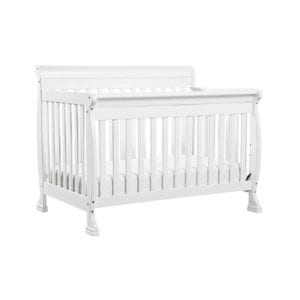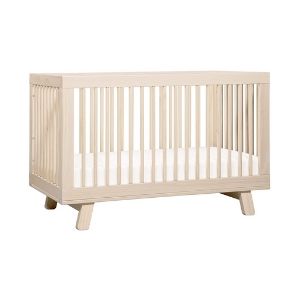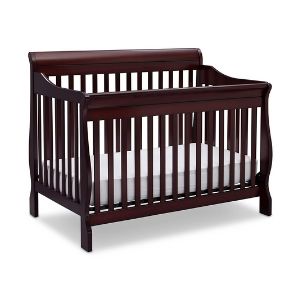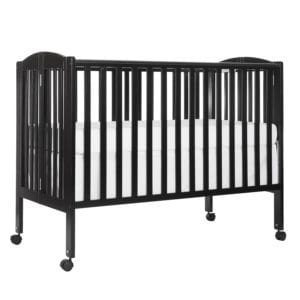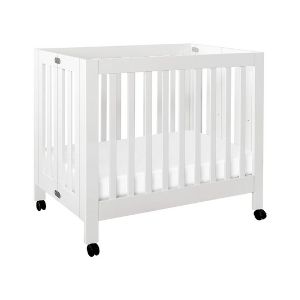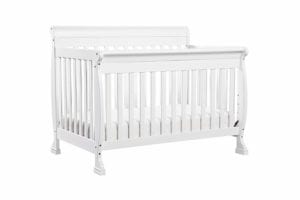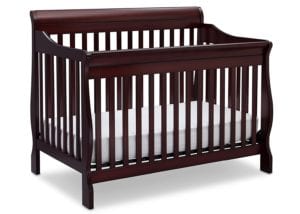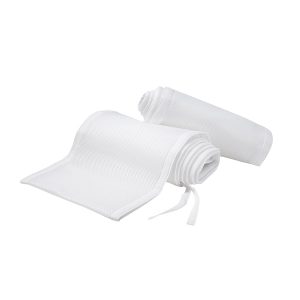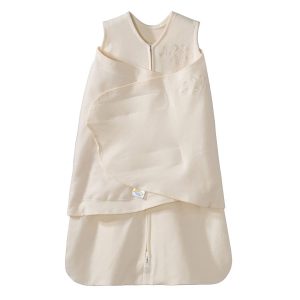Your baby will sleep in their crib from the time they’re born until their second birthday. Here’s a quick run-down of what you should do to keep your wee one safe while they’re sleeping in a crib. Read our crib safety guide for more information.
1. Don't use bulky blankets or pillows.
When your baby is little, they won’t have much muscle control. If babies roll over onto thick pillows or blankets, they could suffocate. If you’re worried about your baby getting cold, buy warm pajamas or a blanket sleeper. This way, the warmth will come from their clothing, and they won’t get caught up in plush items.
2. Do make sure your crib is certified.
Babies can get caught and seriously injure themselves in poorly built cribs. Over the years, safety standards for cribs have evolved, and dangerous cribs and features have been recalled. If you don’t see CPSC, ASTM, or JPMA certification on a crib, don’t buy it.
3. Don’t be afraid to reuse . . . to a point.
If a crib is ten years old or older, don’t use it. The same goes for broken cribs. Modern cribs have safety features older versions do not, so keep your baby safer by using newer and undamaged cribs.
4. Do adjust the mattress height.
Once your child can stand or sit up, you’ll want to adjust the mattress height in the crib. This will keep your baby from falling over the edge of the crib and getting hurt.
5. Don't use drop-side cribs.
CPSC standards no longer support cribs with drop sides. While the design allowed parents to reach babies more easily, drop sides have been linked to almost three dozen infant deaths. They’re dangerous and should be avoided.
6. Do follow directions.
Following directions while assembling a crib is crucial. If you miss a step or do something incorrectly, your baby could get hurt.
7. Don’t dangle danger.
Keep your baby’s crib away from dangling objects like curtains or blinds. They present a strangulation risk. If you use a mobile, make sure it’s installed high enough that your baby can’t reach it.
8. Do double check everything.
Once your crib is assembled, give it a thorough once-over. Check for jagged edges, loose materials, and defects. Not all products are perfect, so double-checking can prevent a tragedy.
